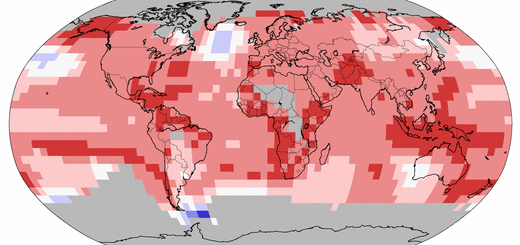AUSTRALIA AND SOUTH AFRICA KILL SHARKS TO PROTECT BATHERS
Perth, Australia – Despite experiencing only 20 fatal shark attacks in their area in the past century, the government of Western Australian has decided on a controversial policy of baiting and killing any shark longer than 3m that venture near its popular bathing and surfing beaches.
The deployment of floating anchored drums with baited hooks 1km off shore began this month and will continue throughout the summer season. The lines are maintained by armed commercial fishermen with a mandate to shoot any great white, tiger and bull shark caught on the hooks.
This follows a similar policy adopted by authorities in the state of Queensland on Australia’s east coast, where drumlines have been used for almost 40 Years, as well as South Africa’s Kwa-Zulu Natal Province. The aim of the drumlines is to reduce shark numbers in the vicinity of popular swimming and surfing beaches, thereby lowering the probability of encounters between sharks and people. The Western Australia Premier Colin Barnett said, “I know that the many West Australians who love to use the ocean – divers, surfers, swimmers and families – want increased protection from dangerous sharks at these beaches.”
The harks BoKwa-Zulu Natal Sard in South Africa, which has been tasked with protecting the province’s beaches since the 1950’s, claims that drumlines used in conjunction with nets have reduced the chances of shark attack by almost 100%. Very few fatal attacks have occurred along a coastline since the introduction of nets and drumlines.
Nets, however, have a high impact on the mortality of marine animals. Between 2005-2009 the average annual catch off Kwa-Zulu Natal was 591 sharks, 201 rays, 60 turtles, and 43 dolphins. Drumlines are now been preferred to nets in both countries as they tend to reduce the deaths of other animals.
But, says the Director of Western Australia’s Conservation Council, Piers Verstegen, the use of drumlines while reducing mortality rates still “amounts to indiscriminate fishing. We can expect to see dolphins, turtles, seals, nurse sharks and a range of other marine life killed.”
Furthermore, many Australian conservationists and scientists argue that the policy is nothing more than window dressing to give the public the illusion that they are being protected. In reality, they claim, drumlines do little to actually reduce shark attacks and can potentially harm other marine animals. It can be argued that in Kwa-Zulu Natal the decrease in shark attacks since the 1950’s could be attributed to the cessation of whaling activities and the closure of the whaling station at the principal port city of Durban during the same period. The large quantities of blood and discarded whale meat drew huge numbers of sharks to the area, a phenomenon that disappeared with the whalers.
In South Australia, the Greens’ Parliamentary Leader, Mark Parnell, condemned the policy for other reasons. “The sharks were there first,” he reasoned. Humans are partaking in the shark’s environment, not the other way around. A similar comparison can be made about humans walking in the wilds. Wild animals pose a risk, but that does not necessarily mean they killed for doing what they naturally do. Users of the wilderness are aware of these risks. Bathers and surfers need to adopt the same view.
Also, the common view among leading shark authorities is that the chances of shark attack are incredibly low. The odds of getting killed just getting to the beach are far greater than being attacked by a shark. The use of preventative measures therefore is an unnecessary waste of funds and the lives of marine mammals.
Great white sharks are protected by law in both Australia and South Africa – they are not allowed to be fished commercially – but that law does not extend to them when it comes to the possibility, no matter how remote, of an attack on humans.




